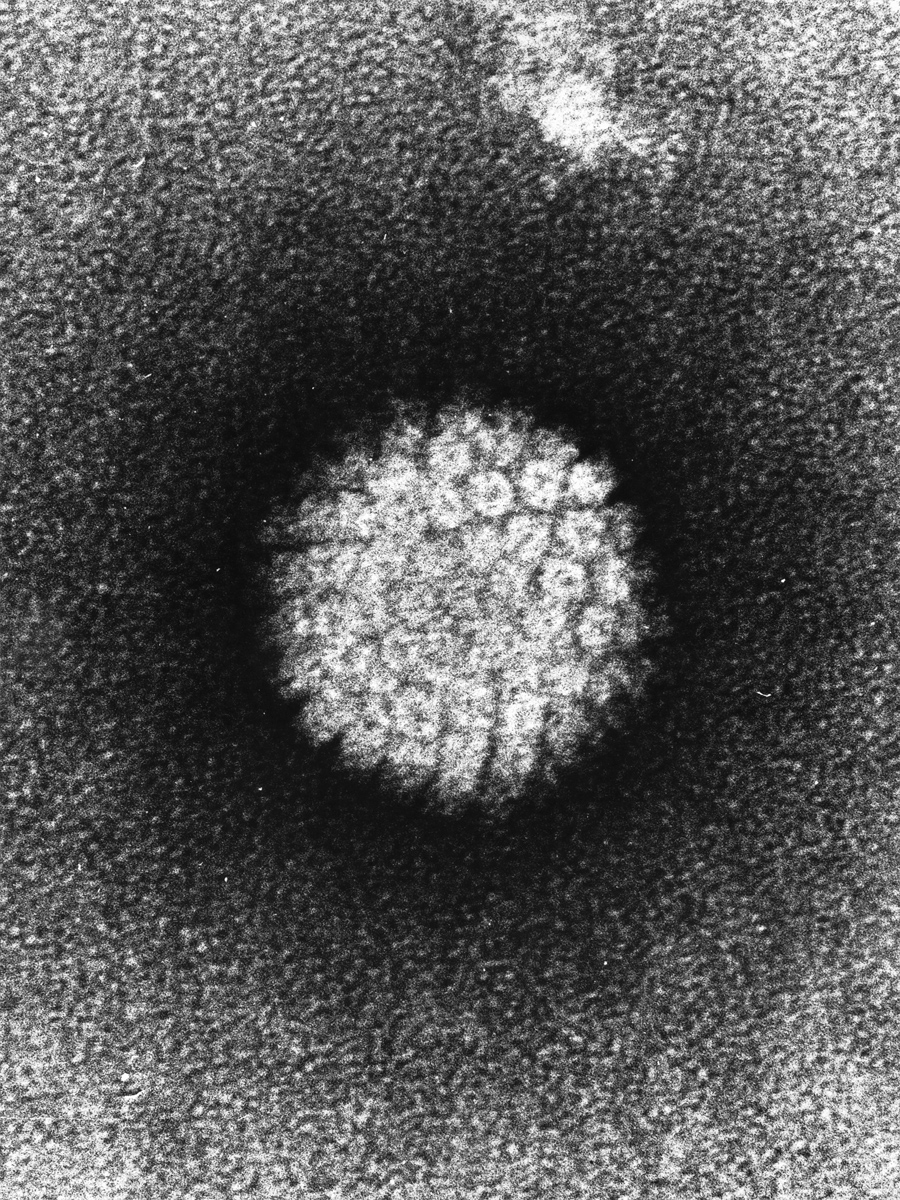If You Have Read The Above Causes Of Lung Cancer, I Bet The Following Will Be Much More Interesting To You!
True, smoking is widely accepted as the cause of lung cancer. But, do you know that there are many other factors that lead to lung cancer as well?
Lack Of Exposure To Sunlight
Weird, isn't it? But this is in fact very true! Studies conducted over 100 countries have shown that if you are one who stays away from sunlight exposure, your risk of contracting lung cancer will be significantly increased.
 |
| Sunshine decreases the risk of lung cancer! |
The team of researchers investigating this new-found theory looked at the association between latitude, exposure to ultraviolet B (UVB) light, and rates of lung cancer according to age in 111 countries across several continents. The amount of cloud cover and aerosol use, both of which absorb UVB light were also taken into account.
As a conclusion to their investigation, the researchers confirmed that the link between cancer and sunlight is actually chemically plausible. Since laboratory research has shown that vitamin D can halt tumour growth by promoting the factors responsible for cell death in the body, greater exposure to sunlight, especially UVB light which is the principal source of vitamin D , can indeed lower the risk of lung cancer.
 |
| For your information, the red line is the equator. |
We know that the amount of UVB light increases with proximity to the equator. Therefore, analyses by the researchers showed that lung cancer rates were highest in those countries furthest away from the equator and lowest in those nearest. Higher cloud cover and airborne aerosol levels were also associated with higher rates of the disease since they block out the vitamin D-rich UVB light.
So people, do soak in more of the warm and lovely sunshine...
Viruses
Ask anyone and they will most probably say smoking causes lung cancer. But, most of us don't even know that some lung cancer cases are also caused by viruses! During the 1st European Lung Cancer Conference in Geneva, experts have presented papers that highlight emerging evidence that common viruses may contribute to the development of lung cancer.
 |
| TEM of the HPV virus. |
In another study conducted by Israeli researchers, it is found that measles virus may also be a factor in some lung cancer cases. Their study included 65 patients with non-small-cell lung cancer, of whom more than half had evidence of measles virus in tissue samples taken from their cancer cells. It is concluded that measles virus may be involved in the pathogenesis of lung cancer. These two findings have greatly supported the assumption that virus contributes to the development of non-small-cell lung cancer.
 | ||||
| In case you don't know, this is how a patient suffering from measles look like. |
Exposure To Sheep And Goats
No one can ever imagine that exposure to sheep and goats may actually increase the risk of contracting a certain type of lung cancer. But this is what a group of French researchers found out! The study which was presented at the European Respiratory Society's Annual Congress in Amsterdam, has linked a professional exposure to goats with a distinct subset of lung cancer, known as pneumonic-type lung adenocarcinoma (P-ADC).
Pneumonic-type lung adenocarcinoma (P-ADC) is a form of lung cancer which has a weak association with tobacco smoking when compared with other types of the disease. Scientists desperate in attempting to identify triggers that may cause P-ADC, have noticed similarities between P-ADC and a viral infection which causes abnormal growths in the lungs of sheep. Given these similarities, scientists began to investigate whether a viral agent found in sheep and goats could be transferred to people are constantly exposed to these animals, leading to the contraction of P-ADC.
The epidemiologic study involved 44 patients with P-ADC and a further 132 controls without the disease. They were all given a similar questionnaire assessing a number of risk factors including their smoking habits, personal family history of cancer and their exposure to sheep and goats. The results came out showing that patients who had experienced a professional exposure to sheep and goats during their lifetime were 5 times more likely to contract P-ADC compared to other types of lung cancer.
 |
| These people are prone to P-ADC disease. |
Another interesting finding that the scientists discovered was that P-ADC was significantly associated with females, with the percentage of female patients higher than that of male patients. Besides, people who never smoked in their lifetime or had any personal family history of cancer may also be susceptible to this form of lung cancer. This particular finding has finally abolished the traditional thinking that lung cancer is linked to smoking.
Now, be really cautious when you go near those cute animals...
Pesticides Especially Agent Orange
Well, it is a fact that we can no longer hide from pesticides since they are everywhere nowadays. Don't you worry about that yet because what really concerned scientists about the cause of lung cancer is actually a form of herbicide that was produced and used for military purposes during the Vietnam War, code named "Agent Orange".
Agent Orange was actually a blend of chemicals that include 2,4-dichlorophenoxyacetic acid (2,4-D), 2,4,5-trichlorophenoxyacetic acid (2,4,5-T), and small amounts of 2,3,7,8-tetrachlorodibenzo-p-dioxin. Now, don't mind it if you don't understand that! Additionally, it also contained diesel fuel or kerosene and was applied through use of vehicles, aircraft, or by hand. What really made Agent Orange so toxic is actually the dioxin it contains.
According to a research conducted by the U.S. Air Force in a study called "The Ranch Hand Study", the increase in lung cancer in veterans of the Vietnam War, especially ground troops, was found to be related to the exposure to Agent Orange. Due to its hazardous nature, which has already been proven in laboratories, Agent Orange has since been banned from any usage across the globe.
Do be aware when you handle pesticides just in case you stumble upon "Agent Orange"...
As a conclusion, there are many things out there that can cause you lung cancer. Just remember, lung cancer is not solely caused by smoking and it is merciless. It strikes regardless of age and gender. Stay aware and love your lungs!
To go back, click here.



"Lack of exposure to sunlight" means that we need to be expose to sunlight most the time to avoid lung cancer? Too much sunlight will also cause harm to us too such as skin cancer. How are we suppose to know whether we are lacking of exposure to sunlight?
ReplyDeleteWell, speaking frankly, you have to be exposed to an adequate amount of sunlight to prevent lung cancer. In case you don't know how much, just carry on with your daily routine and lifestyle. The people living near the equator should have no problem soaking in enough sunlight unless you are one who hates the sun and always stay under the shelter for the whole day without even exposing yourself to some sunlight. Just don't follow the westerners where they like to do sun-tanning and intense activities under the sun as it will cause you skin cancer!
ReplyDeleteHope that you are satisfied with this answer! =D